In 1909 the CCFP ordered 20 cars from Brill. These four-wheel cars were built to the Brill patented “grooveless post” semi-convertible design. Together with the Carros Ingleses these were the first tramcars with windscreens.
The CCFP originally numbered these trams 251-270, they got GE 80 motors from General Electric and entered service in 1910.
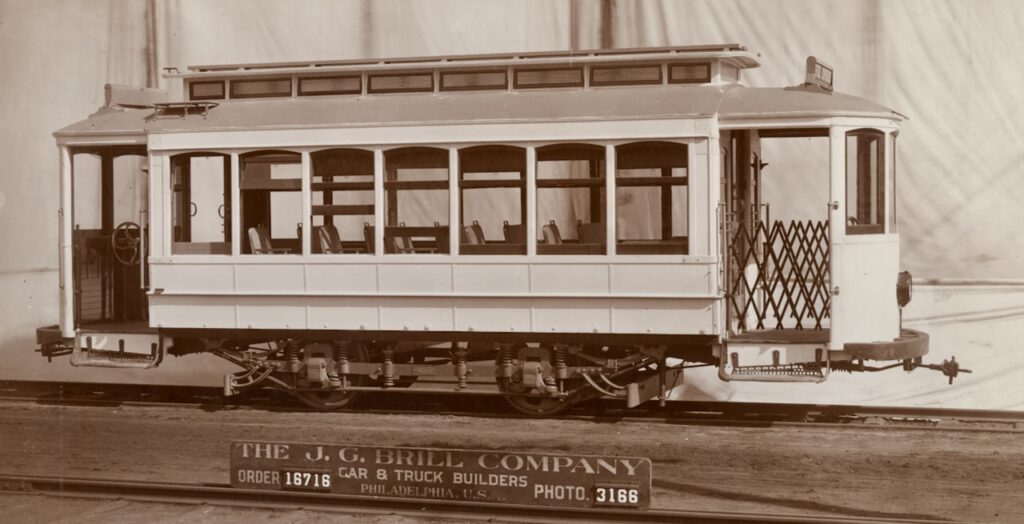
In 1910 a second batch of 25 cars of this type was acquired. The saloons of these cars were 33 cm longer, a feature which can be recognised by comparing the width of the corner pillars. These trams initially had the CCFP numbers 271-295, had motors delivered by Siemens and came into service in 1911-1912.
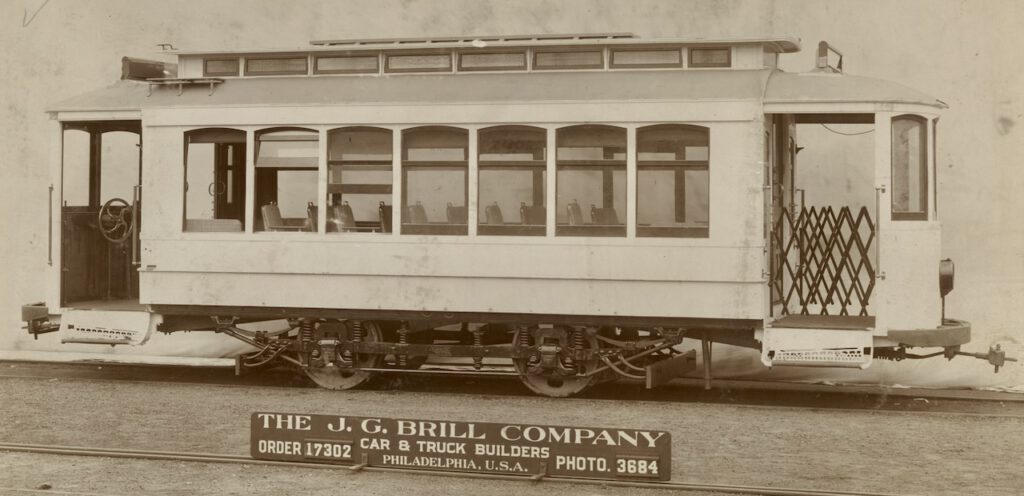
In 1912 a third batch of again 20 cars was ordered from Brill. The saloons of these cars were 7½ cm longer than those of the second batch. This batch got the CCFP numbers 171-190, Siemens D53 motors and entered service in 1913-1914.
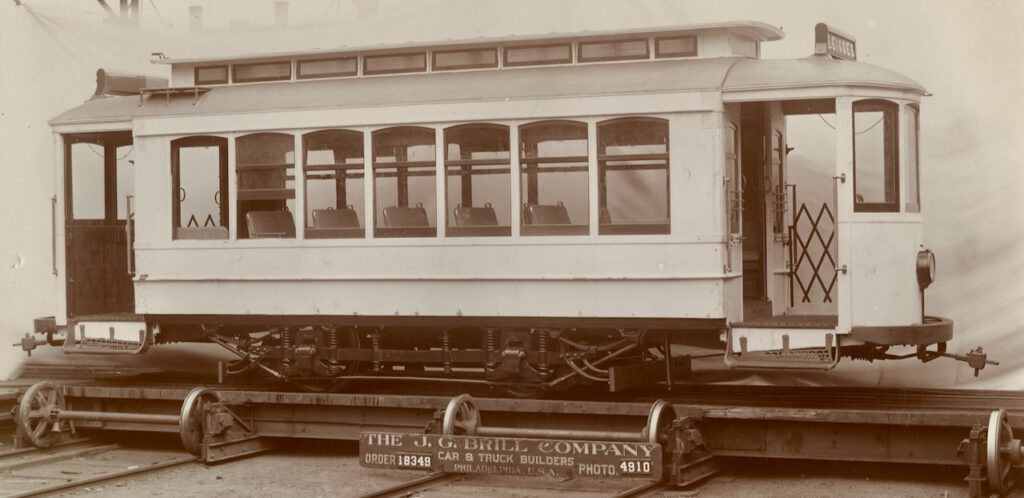
Brill delivered the trams “knocked down” and “in the white”. The first was common practice of Brill with overseas deliveries to save on transport costs. The trucks were delivered with axles but without wheels. The wheels and electric equipments were ordered by the CCFP separately. The workshops in Porto had to assemble the components, install the electric equipments and wheels and paint the trams. This explains the lapse of time between order and putting in service of the trams.
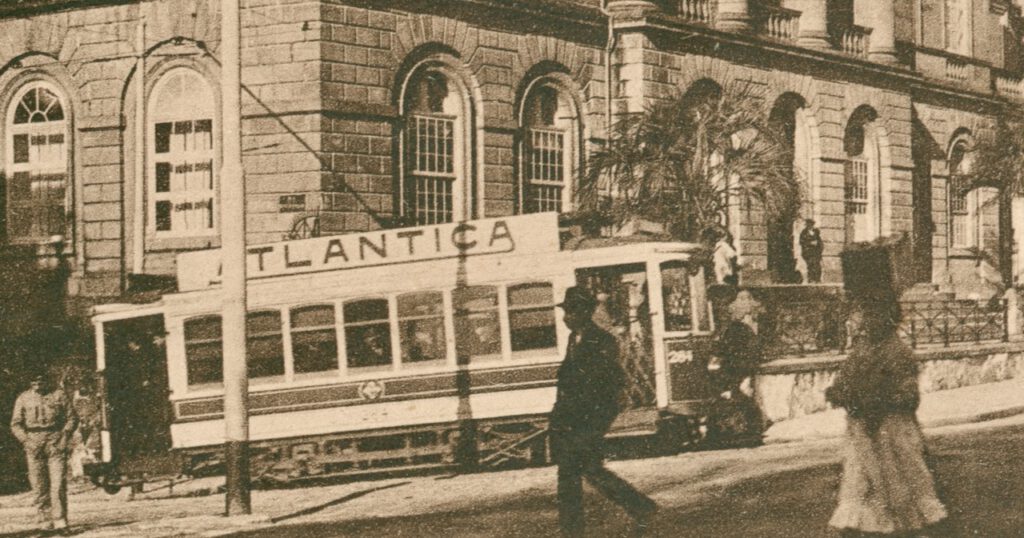
These Brill trams were a great success. In 1920 the CCFP placed a fourth order, this time for wider cars. Lack of finance caused this order to be delayed and finally cancelled in March 1923.
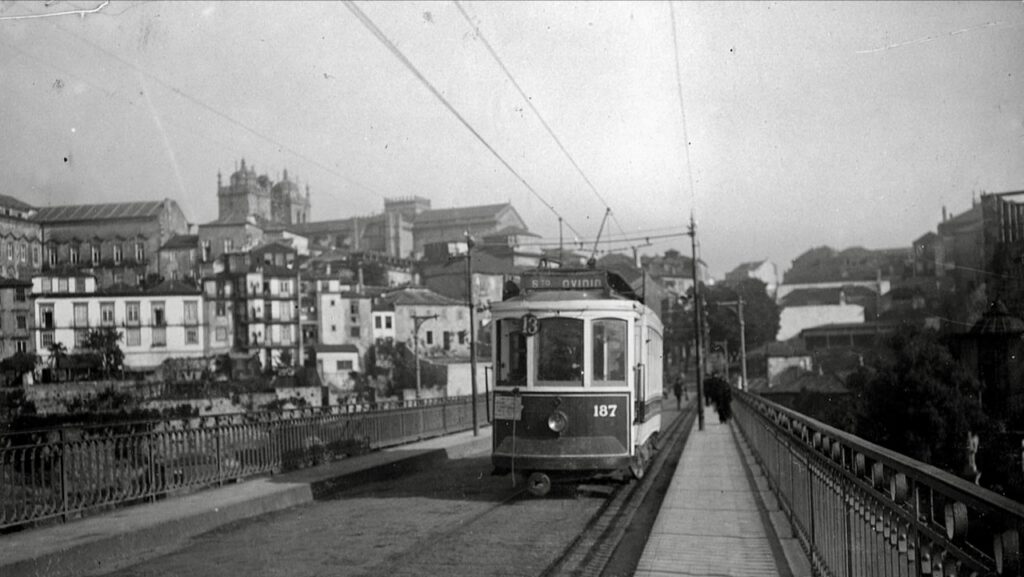
At first the 65 Brills were, together with the Carros Ingleses, used on the most important routes. After arrival of the larger types of trams in the late 1920‘s they were changed to less important lines. By 1926 the CCFP started with the widening of this type of car into the Brill-28 and from 1938 the Brill-28 Plataforma Salão model, a type of reconstruction that apparently later was more rebuilding with use of parts of the old car. Also gradually new electric equipment was installed. This type of reconstruction was done until 1946.
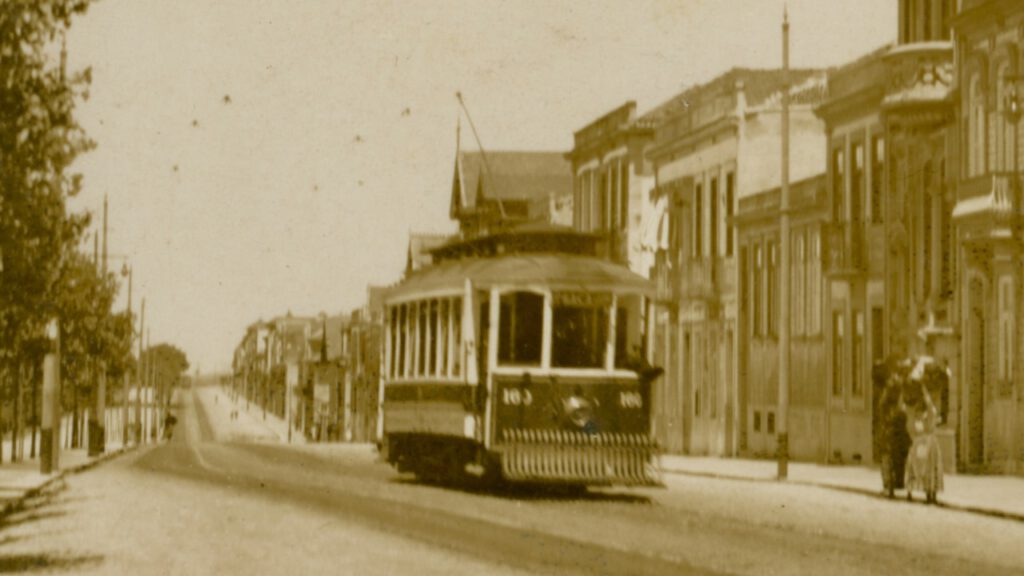
When the STCP took over still 27 cars remained of what was now called the Brill-23 type, partly still with old electric equipment. The STCP numbered them as series 120-146.
Ten Brill-23 trams were modified in the 1950’s, getting extended platforms and and most also retractable steps. No.143 is still available for special services and 131 for normal service after a major overhaul. Tramcar 134, which originates from the first Brill order, is in storage and can hopefully once be restored to represent this important type in the museum.
| STCP | CCFP | Withdrawn | Remark |
| 120 | 228 | 1967 | Modified with extended platforms |
| 121 | 221 | 1967 | |
| 122 | 122 | 1980 | |
| 123 | 123 | 1989 (out of use 1984) | Modified with extended platforms and folding steps |
| 124 | 223 | 1968 | Modified with extended platforms, folding steps and a roof without clerestory |
| 125 | 225 | 1967 | |
| 126 | 263 | 1967 | Original 1909 batch |
| 127 | 177 | about 1951 | |
| 128 | 168 | 1967 | |
| 129 | 211 | 1995 | Modified with extended platforms and folding steps |
| 130 | 130 | 1967 | Original 1909 batch |
| 131 | 191 | In service, major overhaul about 2010 | Modified with extended platforms and folding steps |
| 132 | 131 | 1967 | |
| 133 | 233 | about 1951 | |
| 134 | 264 | 1995 | Original 1909 batch. Modified with extended platforms and folding steps |
| 135 | 235 | 1967 | |
| 136 | 266 | 1980 | Original 1909 batch |
| 137 | 215 | 1990 | Modified with extended platforms and folding steps |
| 138 | 188 | 1989 (out of use 1984) | Modified with extended platforms but no folding steps |
| 139 | 189 | 1967 | |
| 140 | 120 | about 1951 | |
| 141 | 281 | 1990 | Original 1909 batch. Modified with extended platforms and folding steps |
| 142 | 232 | about 1951 | |
| 143 | 243 | Available for special services | Modified with extended platforms and folding steps |
| 144 | 190 | 1986 | |
| 145 | 245 | about 1951 | |
| 146 | 246 | about 1951 |
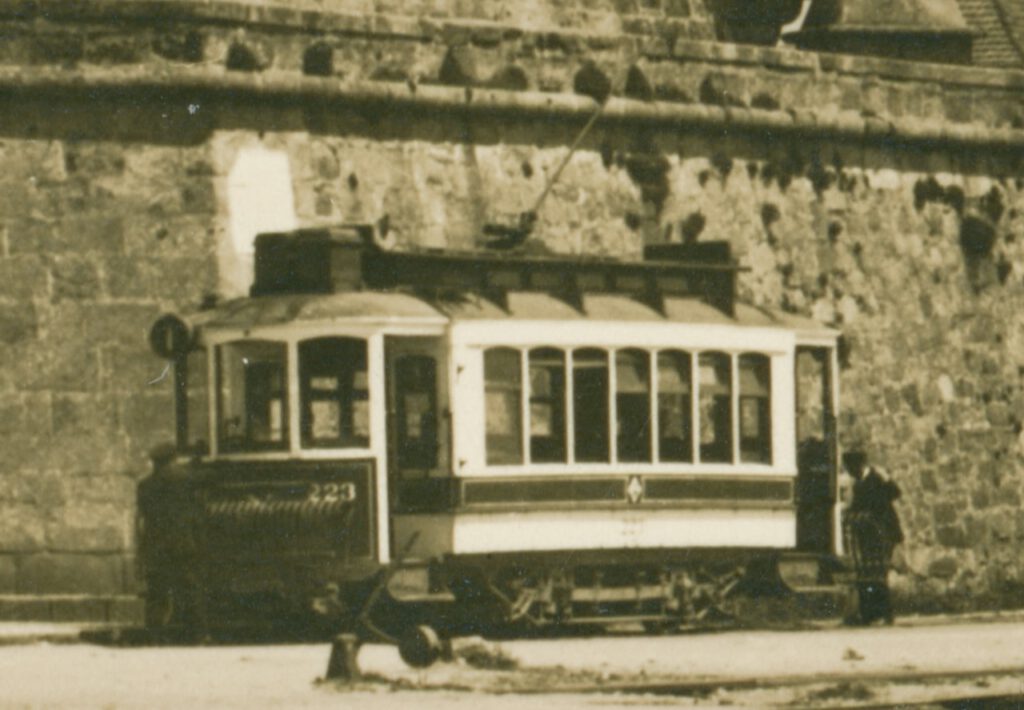
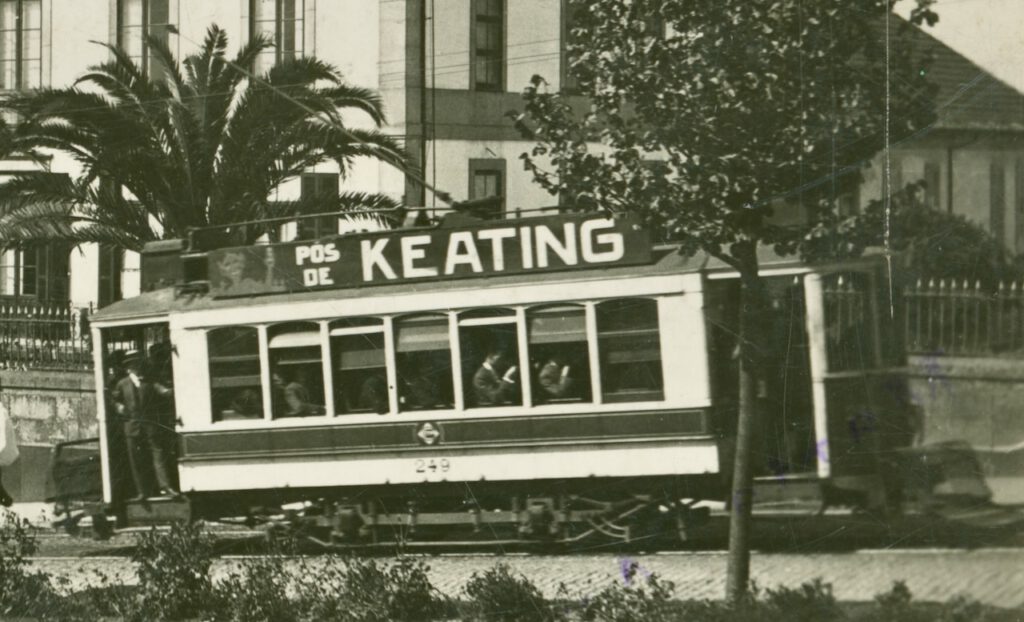
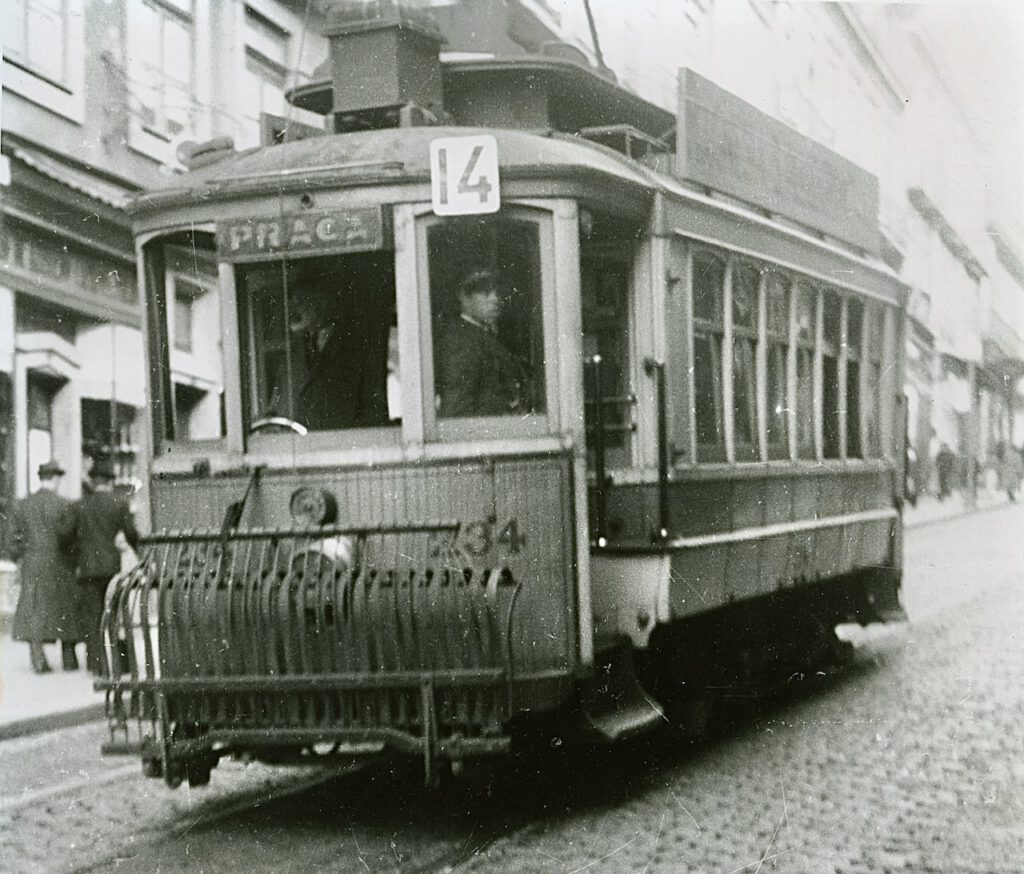
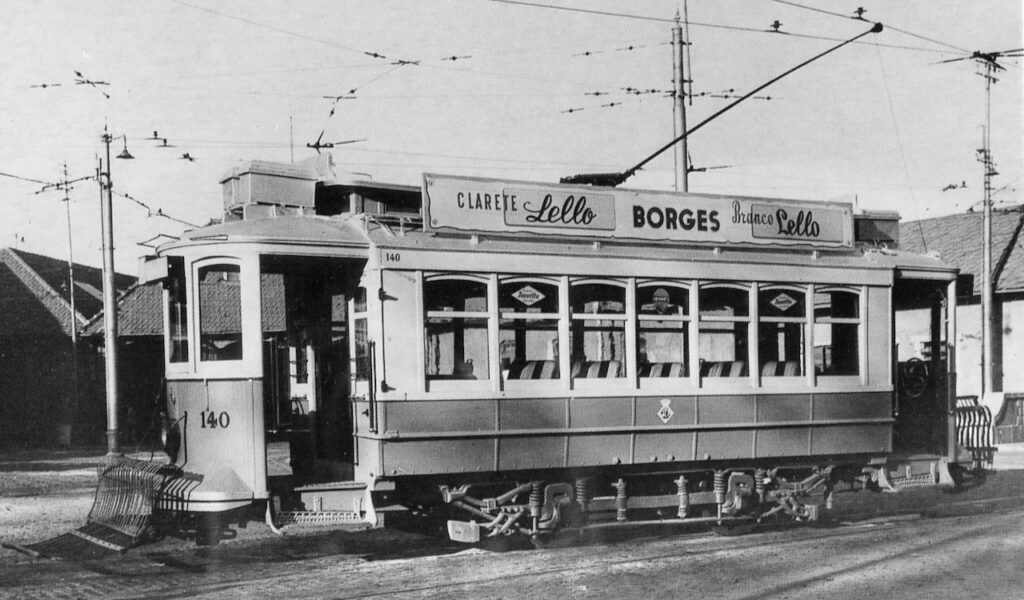
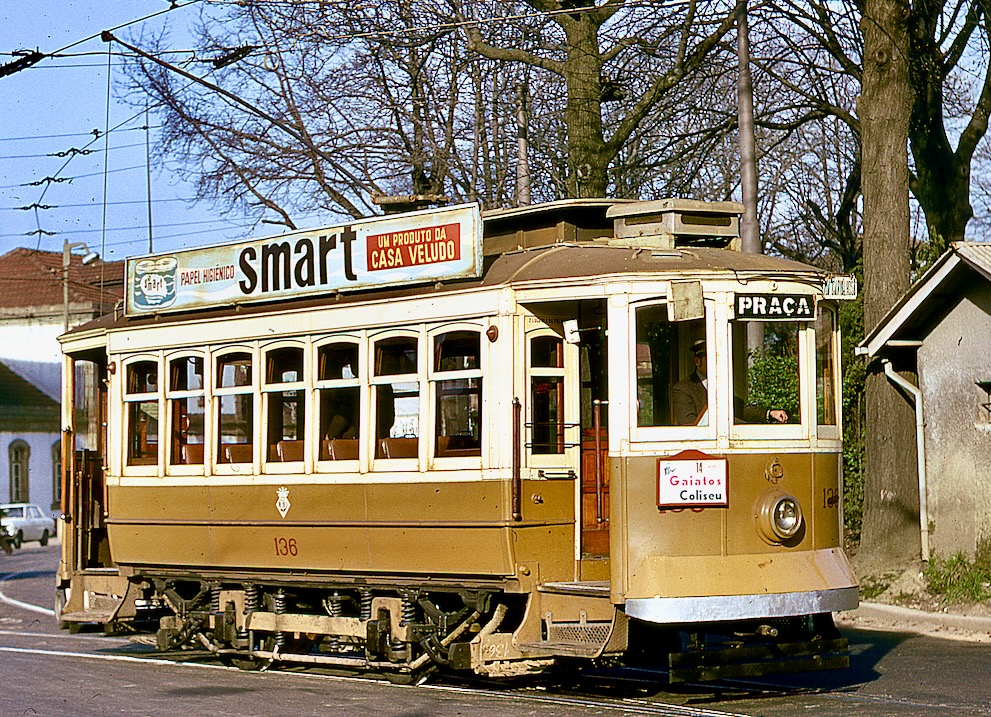
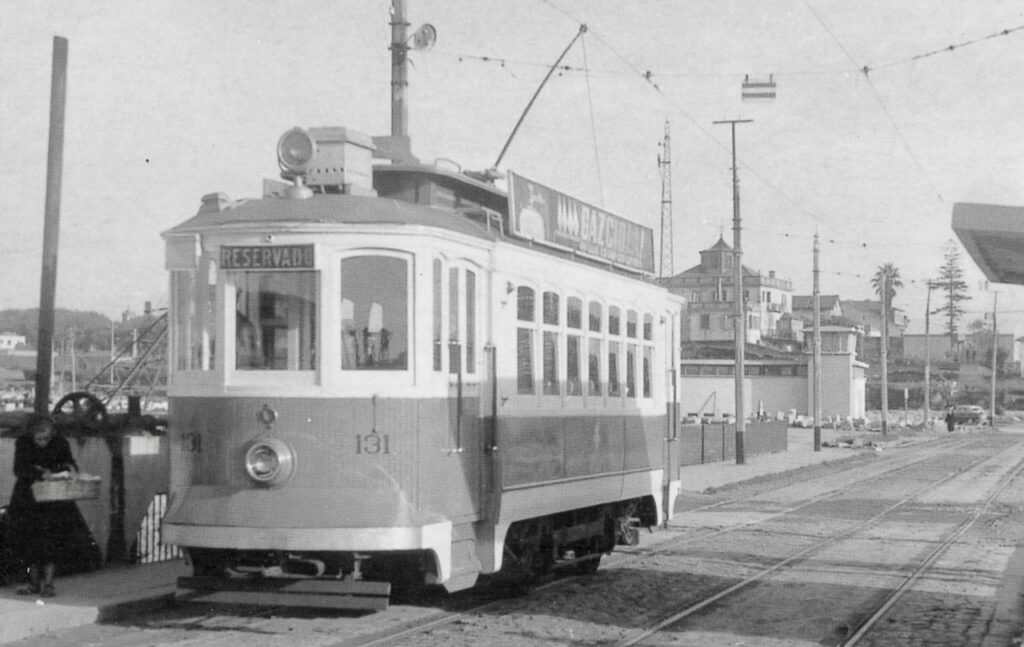
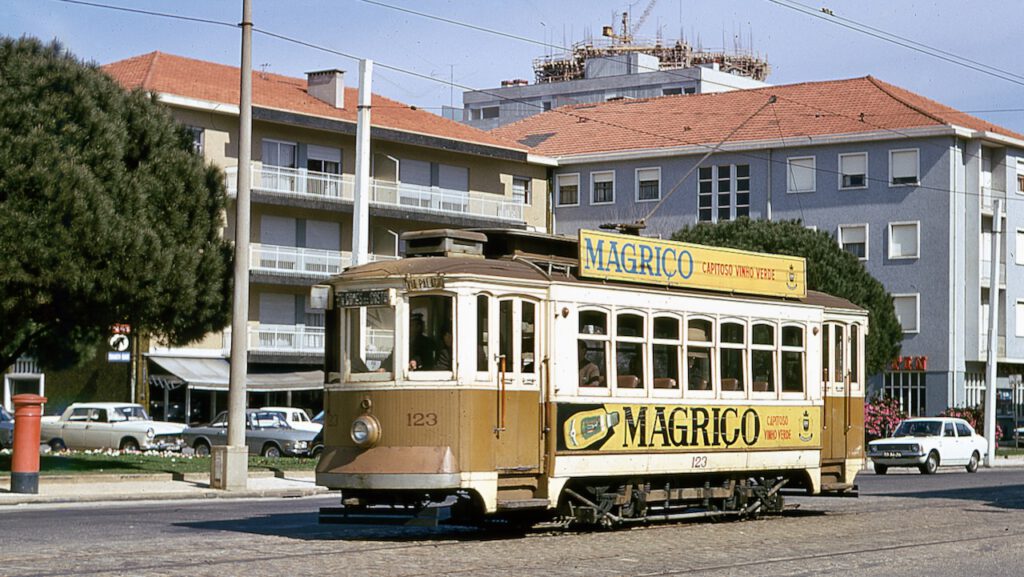
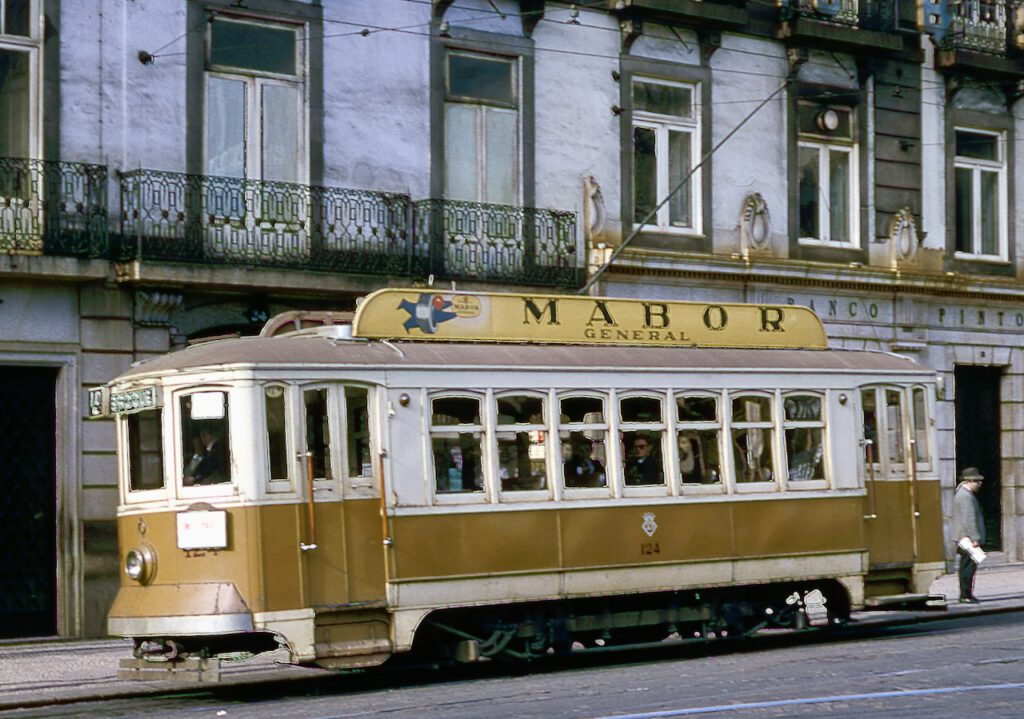
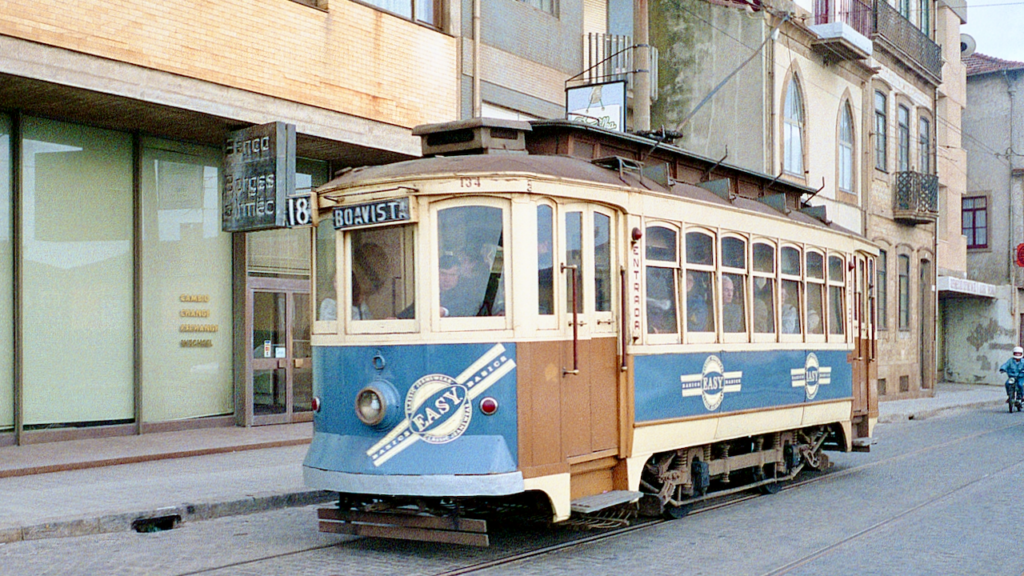
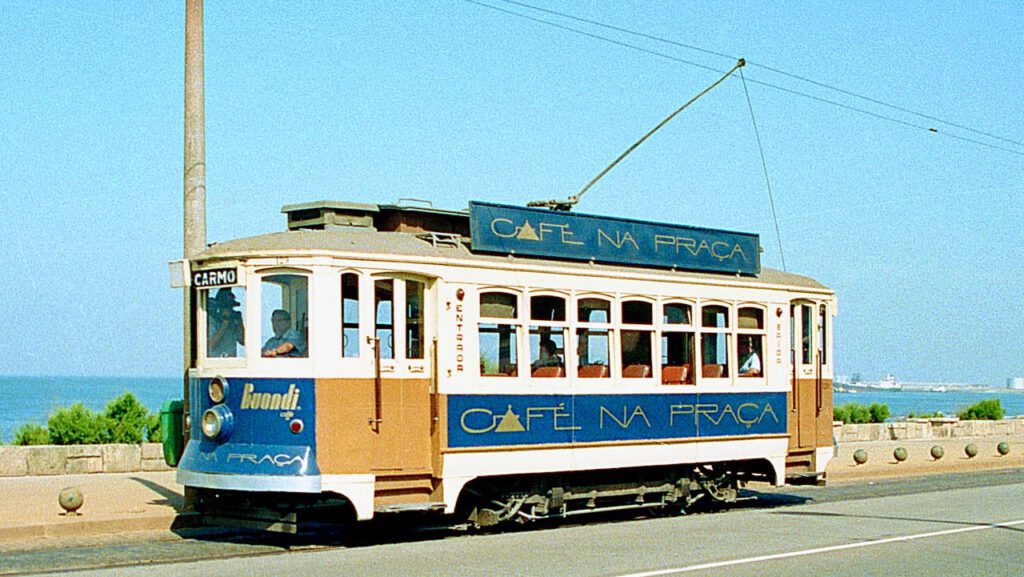
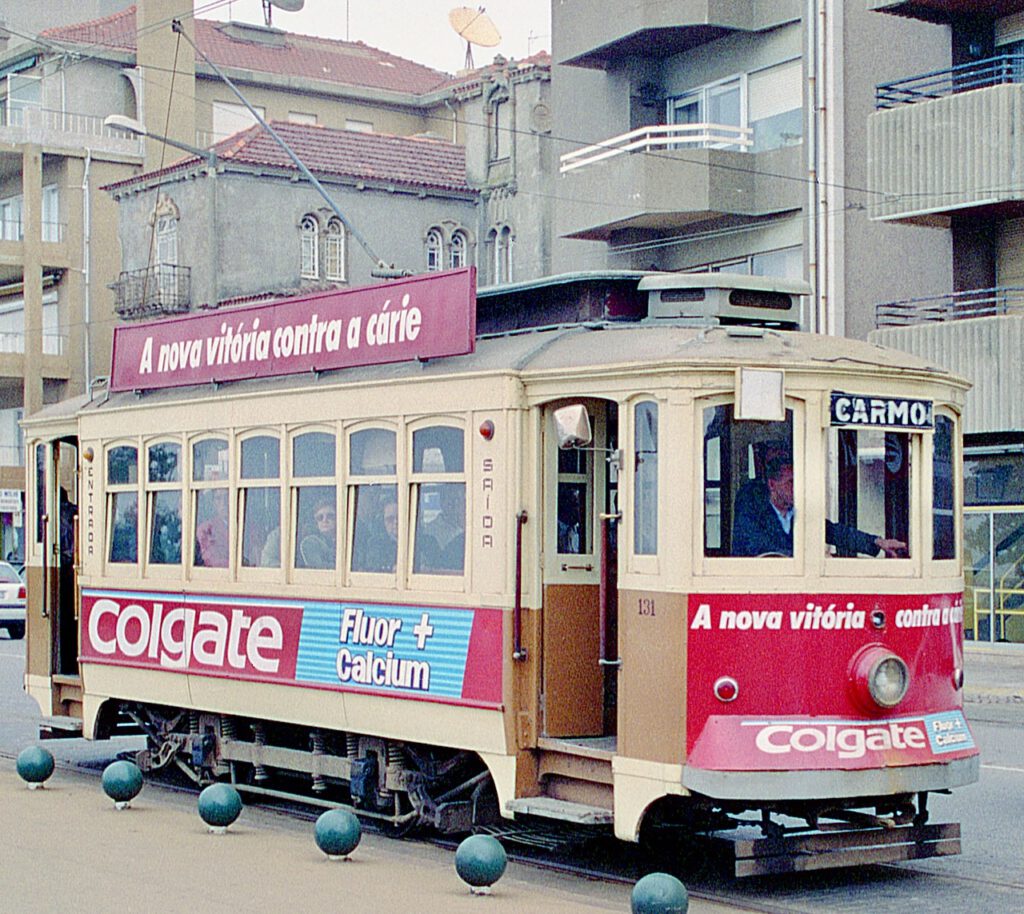
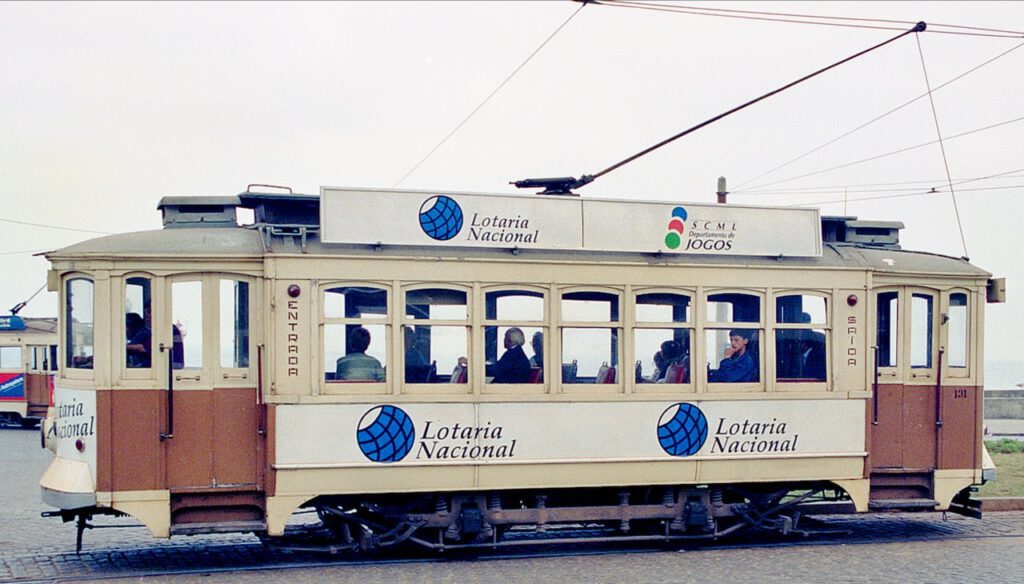


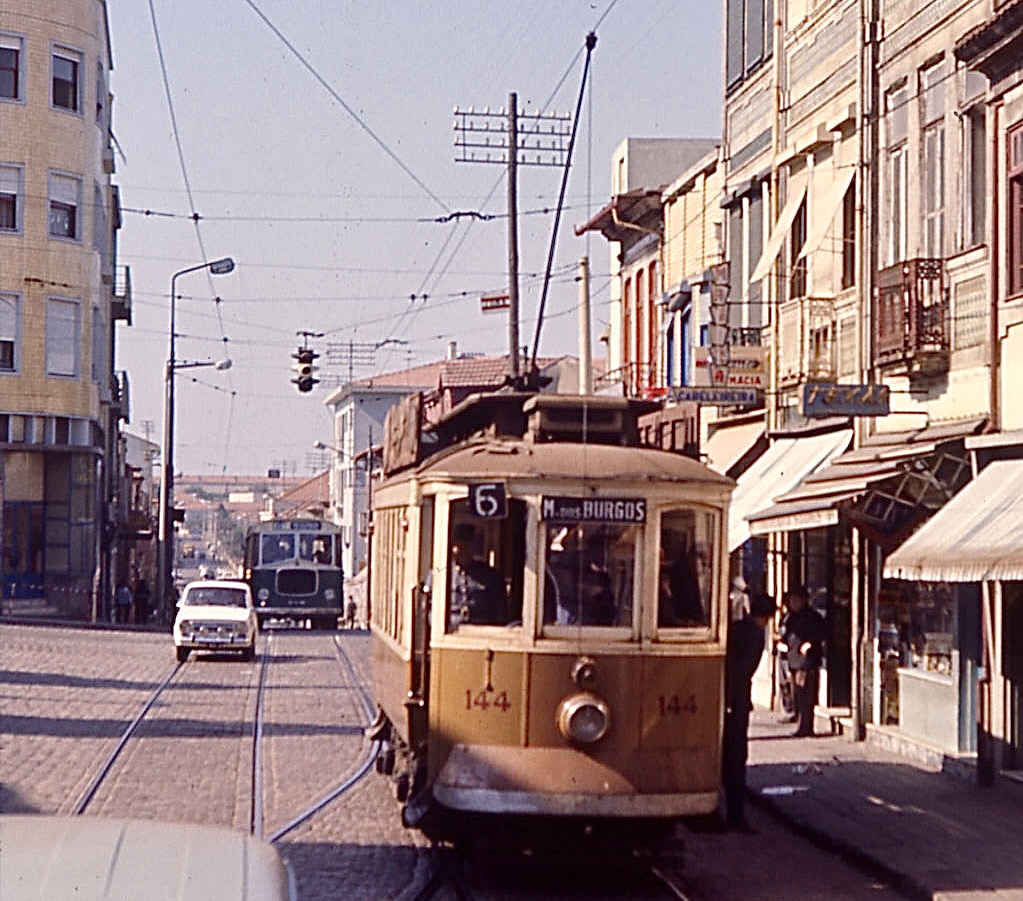
Leave a Reply